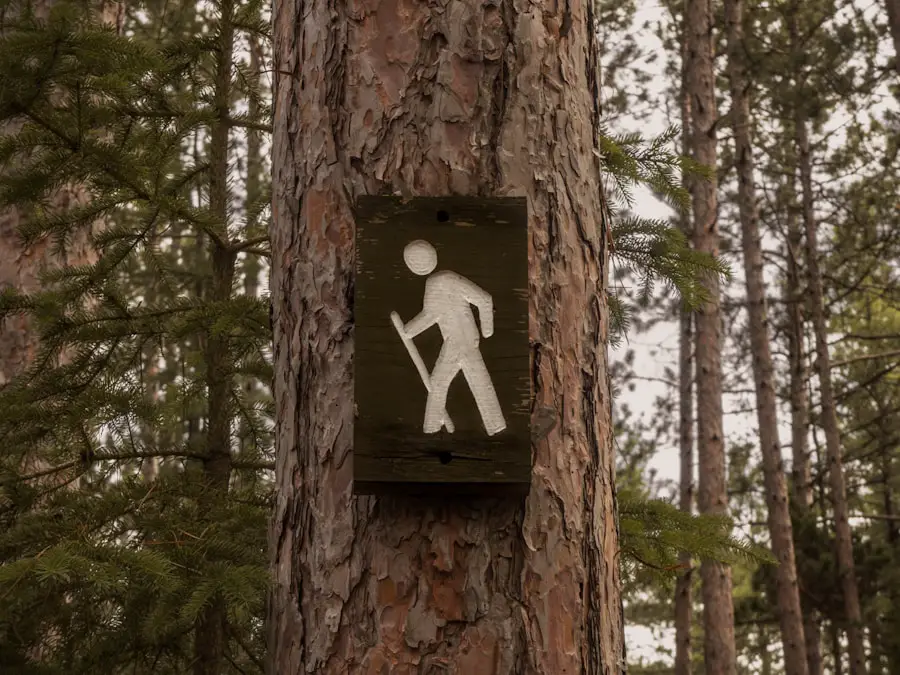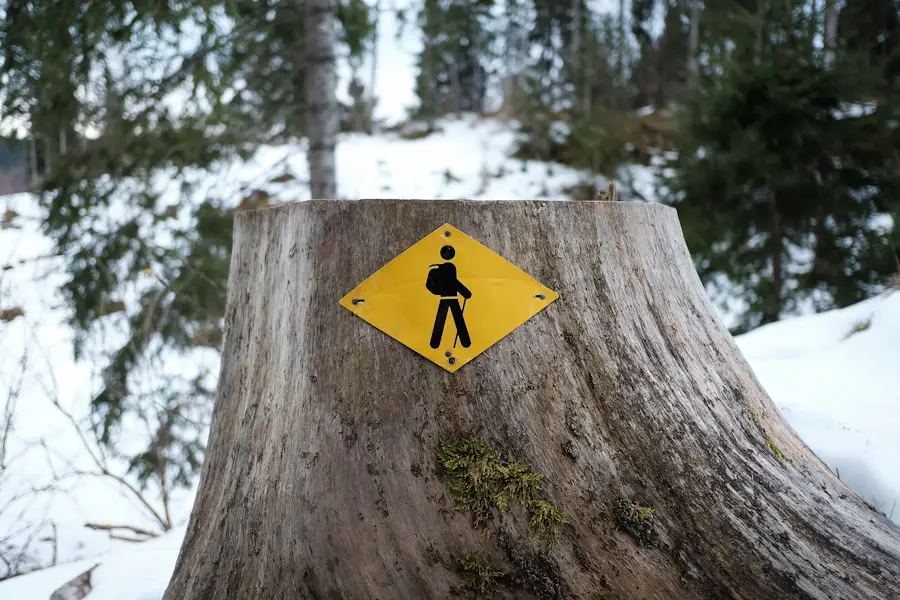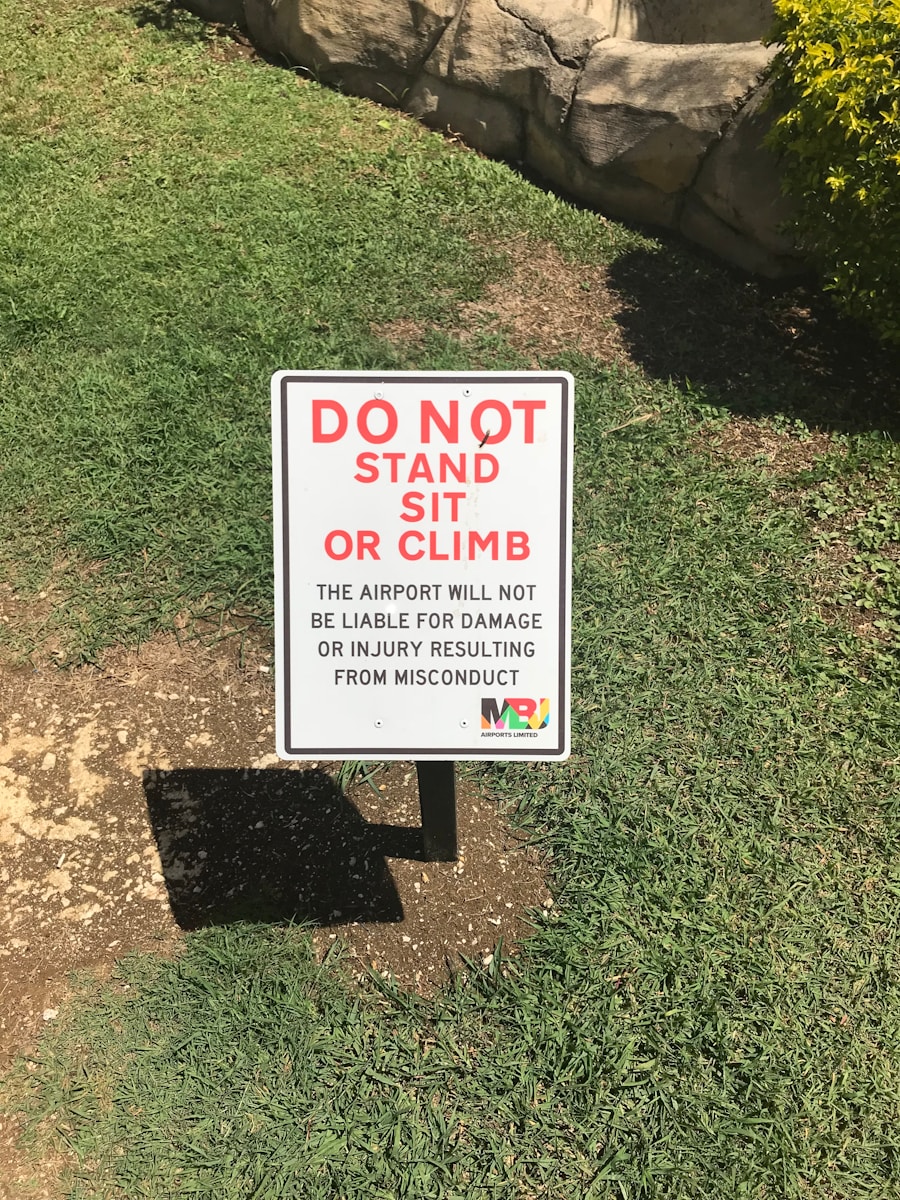Steep hiking is a specialized form of hiking that involves traversing trails with significant elevation gain and challenging inclines. Unlike traditional hiking, which may include flat or gently rolling terrain, steep hiking demands a higher level of physical exertion and mental focus. The trails often feature rugged paths, rocky outcrops, and sometimes even require the use of hands for balance and support.
This type of hiking can be found in mountainous regions, where the landscape presents dramatic changes in elevation over short distances, making it both exhilarating and demanding. The experience of steep hiking is not merely about the physical challenge; it also offers a unique opportunity to connect with nature in a more intimate way. As hikers ascend, they often encounter diverse ecosystems, breathtaking vistas, and the chance to observe wildlife that thrives in these elevated environments.
The combination of physical exertion and the beauty of nature creates a rewarding experience that many outdoor enthusiasts seek out. Steep hiking can vary widely in difficulty, from moderately challenging trails suitable for beginners to extreme routes that require advanced skills and experience.
Key Takeaways
- Steep hiking involves walking uphill on challenging terrain, often with a significant incline.
- The benefits of steep hiking include improved cardiovascular fitness, muscle strength, and mental resilience.
- Tips for preparing for steep hiking include building endurance, strengthening leg muscles, and researching the trail beforehand.
- Essential gear for steep hiking includes sturdy hiking boots, trekking poles, and proper clothing for varying weather conditions.
- Techniques for tackling steep terrain include using a zigzagging motion, maintaining a steady pace, and taking regular breaks to rest and hydrate.
The benefits of steep hiking
Cardiovascular Advantages
The intense cardiovascular workout involved in steep inclines elevates the heart rate significantly, promoting improved cardiovascular health. This type of exercise strengthens the heart muscle, enhances lung capacity, and increases overall stamina.
Comprehensive Muscle Workout
Steep hiking engages multiple muscle groups, particularly in the legs, core, and even the upper body when using trekking poles or navigating rocky terrain. This comprehensive workout can lead to increased muscle tone and improved endurance over time.
Mental Health Benefits
Beyond the physical advantages, steep hiking also offers substantial mental health benefits. The act of immersing oneself in nature has been shown to reduce stress levels and improve mood. The combination of fresh air, natural surroundings, and the sense of accomplishment that comes from conquering challenging trails can lead to enhanced mental clarity and emotional well-being. Furthermore, the focus required to navigate steep terrain can serve as a form of mindfulness, allowing hikers to disconnect from daily distractions and engage fully with their surroundings. This mental engagement can foster a sense of peace and fulfillment that is often hard to find in urban environments.
Tips for preparing for steep hiking

Preparation is key when it comes to steep hiking, as the demands of such trails can be significantly greater than those of easier hikes.
One of the first steps in preparing is to assess your fitness level honestly. If you are new to steep hiking or have not engaged in regular physical activity, it may be beneficial to start with less challenging trails to build your strength and endurance gradually.Incorporating cardiovascular exercises such as running, cycling, or swimming into your routine can help improve your stamina before tackling steeper hikes. In addition to physical preparation, it is essential to familiarize yourself with the specific trail you plan to hike. Researching the trail’s elevation gain, distance, and difficulty level can provide valuable insights into what to expect.
Many hiking websites and apps offer detailed descriptions and user reviews that can help you gauge whether a particular trail aligns with your skill level. Moreover, understanding the weather conditions for the day of your hike is crucial; sudden changes in weather can significantly impact trail conditions and safety.
Essential gear for steep hiking
| Gear | Description |
|---|---|
| Hiking Boots | Sturdy, ankle-supporting boots with good traction |
| Trekking Poles | To provide stability and reduce impact on knees |
| Backpack | Large enough to carry essentials and comfortable for long hikes |
| Water Bottle | To stay hydrated during the hike |
| Map and Compass | For navigation in remote areas |
| Sun Protection | Sunscreen, hat, and sunglasses to protect from UV rays |
| First Aid Kit | For treating minor injuries and emergencies |
| Headlamp | For hiking in low light conditions or emergencies |
Having the right gear is critical for a successful steep hiking experience. Footwear is perhaps the most important consideration; sturdy, well-fitting hiking boots with good ankle support are essential for navigating uneven terrain. Look for boots with a rugged sole that provides traction on slippery or rocky surfaces.
Additionally, moisture-wicking socks can help prevent blisters during long hikes. Beyond footwear, other essential gear includes appropriate clothing layers that can adapt to changing weather conditions. Breathable fabrics that wick moisture away from the skin are ideal for maintaining comfort during strenuous activity.
A lightweight, waterproof jacket can protect against rain or wind without adding excessive bulk. Furthermore, carrying a well-stocked backpack is vital; it should include hydration systems or water bottles, snacks for energy replenishment, a first aid kit for emergencies, and navigation tools such as maps or GPS devices. Trekking poles can also be beneficial for providing stability and reducing strain on the knees during descents.
Techniques for tackling steep terrain
Navigating steep terrain requires specific techniques to ensure safety and efficiency. One effective method is to adopt a zigzag pattern when ascending or descending slopes. This technique reduces the steepness of the climb by breaking it into manageable sections, allowing for more controlled movements and less strain on the body.
Additionally, taking shorter steps can help maintain balance and reduce fatigue; this approach allows hikers to conserve energy while still making progress. When descending steep trails, it is crucial to maintain a low center of gravity by bending slightly at the knees and leaning forward slightly. This position helps prevent falls and provides better control over your descent.
Using trekking poles can also aid in stability; they allow hikers to distribute weight more evenly and provide additional points of contact with the ground. Practicing these techniques on less challenging terrain before attempting steeper hikes can build confidence and improve overall performance.
Safety considerations for steep hiking

Know Your Limits and Hike with a Partner
Safety should always be a top priority when engaging in steep hiking. One of the most critical aspects is understanding your limits; knowing when to turn back is essential for preventing injuries or accidents. It is advisable to hike with a partner or group whenever possible, as this not only enhances safety but also provides companionship during challenging climbs.
Be Aware of Environmental Factors
Another important safety consideration is being aware of environmental factors such as weather conditions and trail conditions. Sudden changes in weather can create hazardous situations, particularly on exposed ridges or during rainstorms when trails may become slippery or washed out. Carrying a map or GPS device is vital for navigation, especially in areas where trails may not be well-marked.
Inform Others of Your Hiking Plans
Additionally, informing someone about your hiking plans and expected return time can provide an extra layer of safety in case of emergencies.
Popular steep hiking trails around the world
There are numerous renowned steep hiking trails across the globe that attract adventurers seeking thrilling experiences. One such trail is the Inca Trail in Peru, which leads hikers through breathtaking landscapes toward the ancient ruins of Machu Picchu. This multi-day trek features steep ascents and descents through diverse ecosystems, offering stunning views of the Andes Mountains along the way.
Another iconic steep hike is Half Dome in Yosemite National Park, California. This challenging trail requires climbers to navigate a series of switchbacks before reaching the final ascent up a granite face using cables for support. The panoramic views from the summit are well worth the effort, making it a bucket-list hike for many outdoor enthusiasts.
Similarly, Mount Kilimanjaro in Tanzania presents an opportunity for trekkers to tackle Africa’s highest peak through various routes that include steep sections requiring determination and resilience.
How to incorporate steep hiking into your fitness routine
Incorporating steep hiking into your fitness routine can be an enjoyable way to enhance your overall health while exploring nature. One effective approach is to schedule regular hikes into your weekly exercise regimen; this could involve setting aside specific days dedicated solely to hiking or combining hikes with other forms of exercise such as strength training or yoga on alternate days. To maximize the benefits of steep hiking within your fitness routine, consider gradually increasing the difficulty of your hikes over time.
Start with moderate trails that offer some elevation gain before progressing to steeper routes as your fitness level improves. Additionally, using a fitness tracker or app can help monitor your progress by tracking distance covered, elevation gained, and calories burned during hikes. This data can serve as motivation while providing insights into how steep hiking contributes to your overall fitness goals.
By integrating steep hiking into your lifestyle, you not only enhance your physical fitness but also cultivate a deeper appreciation for nature’s beauty and complexity. The combination of exercise and exploration fosters a holistic approach to health that benefits both body and mind.
If you are planning a hiking trip and wondering how many feet per mile is considered steep hiking, you may want to check out this article on best travel fishing rods. It is always important to be prepared with the right gear for any outdoor adventure, whether it be fishing or hiking.
Love travel? Join Our Facebook Community
FAQs
What is considered steep hiking in terms of feet per mile?
Steep hiking is generally considered to be any trail with an elevation gain of 1,000 feet or more per mile.
What are some examples of steep hiking trails?
Some examples of steep hiking trails include the Bright Angel Trail in the Grand Canyon, the Precipice Trail in Acadia National Park, and the Kalalau Trail in Hawaii.
What are the challenges of hiking on steep trails?
Hiking on steep trails can be physically demanding and require a higher level of fitness. It can also be more strenuous on the knees and joints, and may require additional caution and attention to footing.
How can hikers prepare for steep hiking?
Hikers can prepare for steep hiking by building up their endurance and strength through regular exercise and training. It’s also important to pack appropriate gear, stay hydrated, and be mindful of the terrain and weather conditions.
